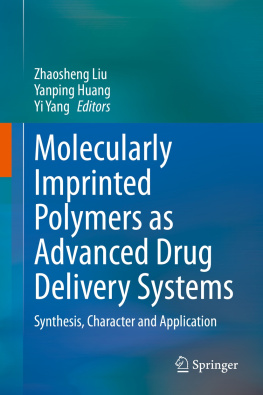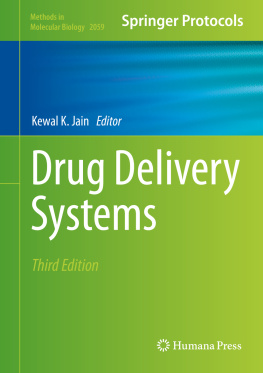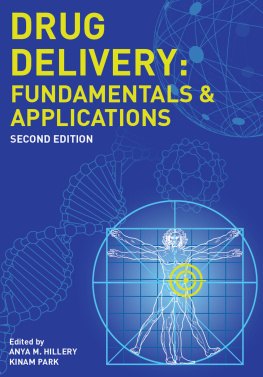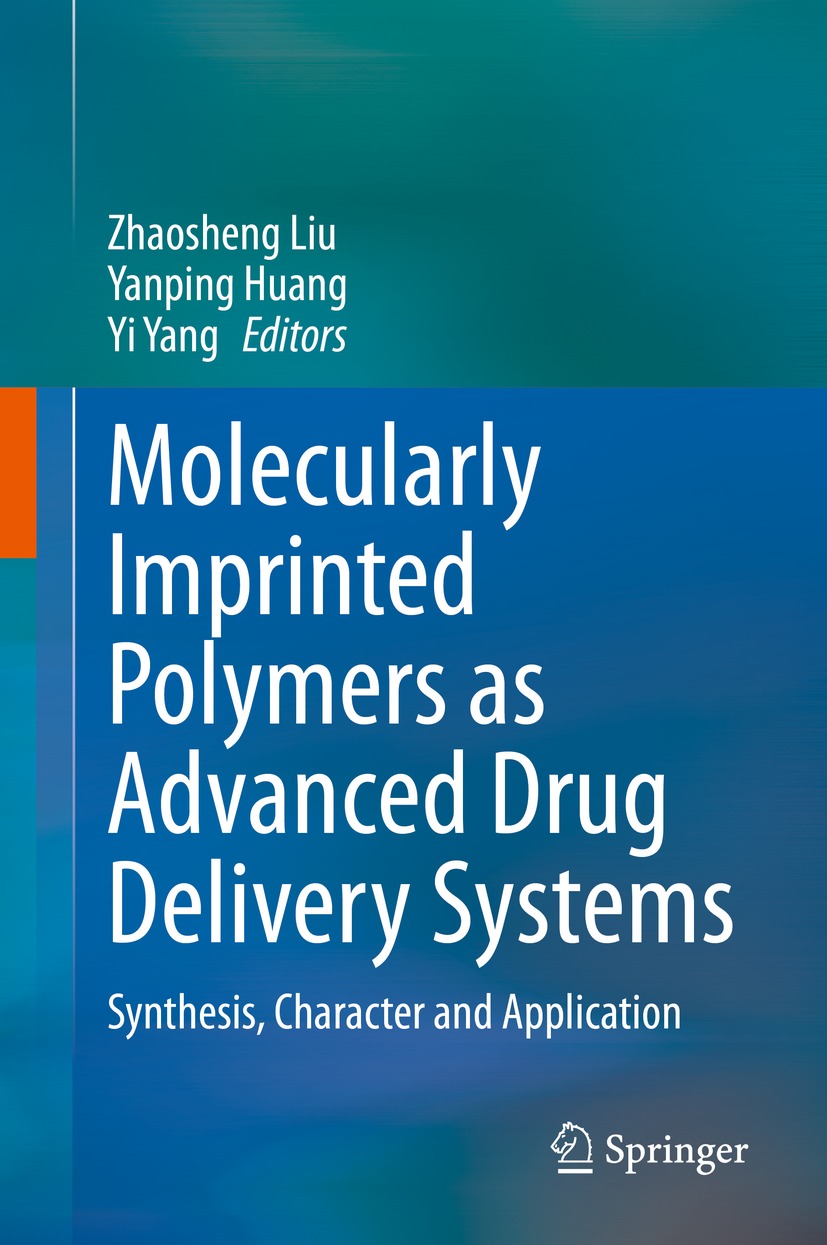Zhaosheng Liu (editor) - Molecularly Imprinted Polymers as Advanced Drug Delivery Systems: Synthesis, Character and Application
Here you can read online Zhaosheng Liu (editor) - Molecularly Imprinted Polymers as Advanced Drug Delivery Systems: Synthesis, Character and Application full text of the book (entire story) in english for free. Download pdf and epub, get meaning, cover and reviews about this ebook. year: 2021, publisher: Springer, genre: Home and family. Description of the work, (preface) as well as reviews are available. Best literature library LitArk.com created for fans of good reading and offers a wide selection of genres:
Romance novel
Science fiction
Adventure
Detective
Science
History
Home and family
Prose
Art
Politics
Computer
Non-fiction
Religion
Business
Children
Humor
Choose a favorite category and find really read worthwhile books. Enjoy immersion in the world of imagination, feel the emotions of the characters or learn something new for yourself, make an fascinating discovery.
- Book:Molecularly Imprinted Polymers as Advanced Drug Delivery Systems: Synthesis, Character and Application
- Author:
- Publisher:Springer
- Genre:
- Year:2021
- Rating:4 / 5
- Favourites:Add to favourites
- Your mark:
Molecularly Imprinted Polymers as Advanced Drug Delivery Systems: Synthesis, Character and Application: summary, description and annotation
We offer to read an annotation, description, summary or preface (depends on what the author of the book "Molecularly Imprinted Polymers as Advanced Drug Delivery Systems: Synthesis, Character and Application" wrote himself). If you haven't found the necessary information about the book — write in the comments, we will try to find it.
This book summarizes the recent advancements for drug delivery systems (DDS) in terms of fundamental principles, rapidly emerging techniques and developing frontiers of molecular imprinting. Especially with the combination of enantioselective molecularly imprinted polymers and water compatible molecularly imprinted polymers, stimuli responsive imprinted DDS have been innovated and applied to dermal delivery, ophthalmic drugs and cancer treatment. This philosophy comprehensively revolutionizes the treatment strategy of human healthcare and provides the possibility to re-trigger in vivo an exhaust system after the complete release of the starting drug cargo, thus enabling precision medicine.
To this end, the following unique features will be discussed and concluded:
1) State-of-the-art definition of MIP as drug delivery systems.
2) Advanced techniques and clinical applications of MIP as drug delivery systems in the past decade.
3) Novel frontiers and brand-new technologies, for example, drug delivery devices for zero-order sustained release and stimuli responsive imprinted DDS.
4) Revolutionary impact on dermal delivery, ophthalmic drugs and cancer treatment.
5) Future challenges and perspectivesZhaosheng Liu (editor): author's other books
Who wrote Molecularly Imprinted Polymers as Advanced Drug Delivery Systems: Synthesis, Character and Application? Find out the surname, the name of the author of the book and a list of all author's works by series.











